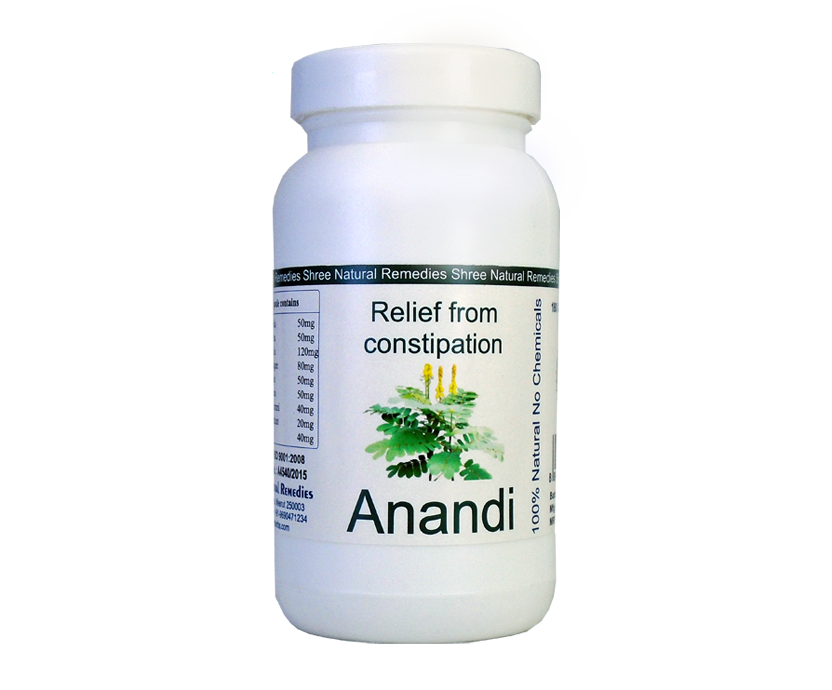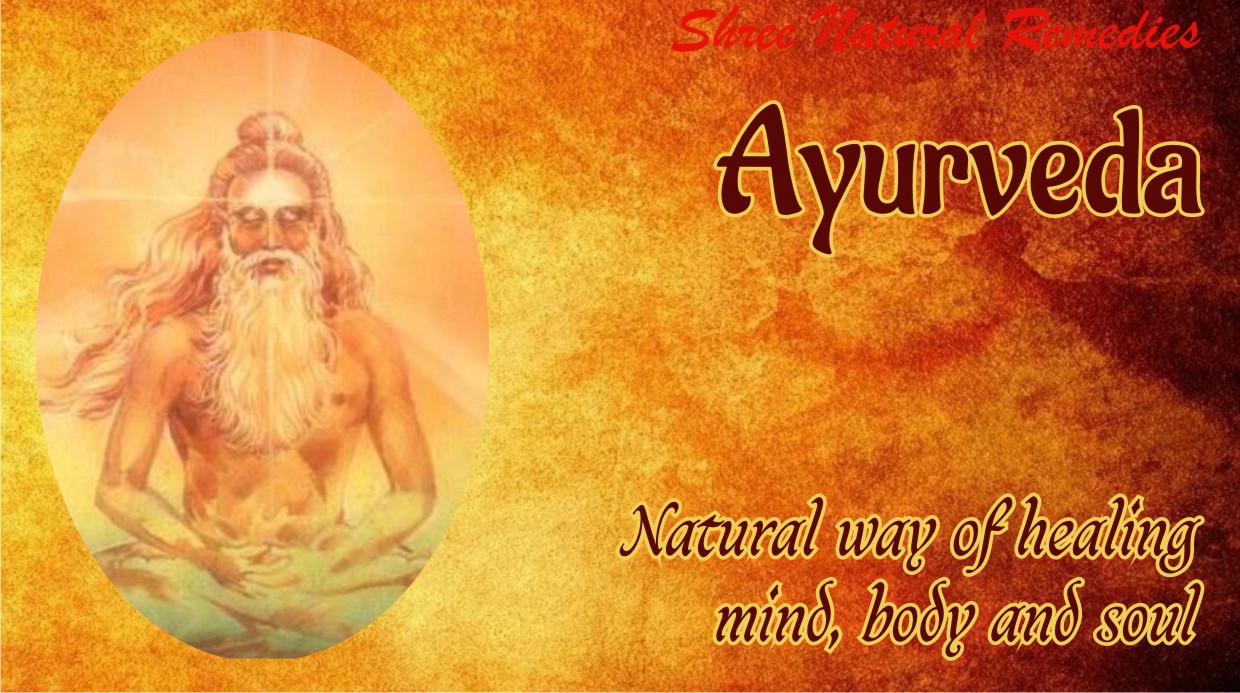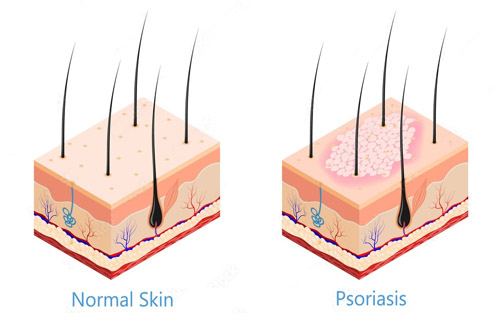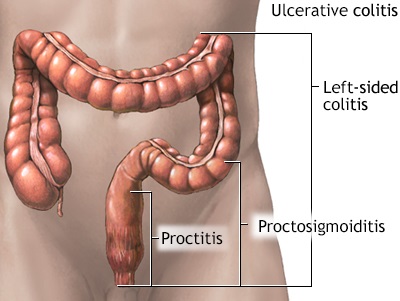The aging process is a challenging human experience common to everyone, and the desire to look young prevails in the majority of us.
The latest trends in beauty, health and wellness sectors are giving rise to a new realm of possibilities by fusing anti-aging cosmeceuticals with traditional Indian medicine – Ayurveda.
Ayurveda offers vast amounts of information on principles of anti-aging activity, skin care and anti-aging herbs, helping in the exploration of possibilities of developing new anti-aging cosmeceuticals with natural ingredients for topical applications.
Anti-aging cosmeceuticals are the various topical application products that delay and/or reverse visible signs of aging. Cosmeceuticals are topical cosmetic—pharmaceutical hybrids intended to enhance health and beauty through ingredients that influence the skin's biological function.
Ayurveda is one of the most ancient medical traditions practiced in India, Atharvaveda, Charak Samhita and Sushruta Samhita are its main classics, giving detailed descriptions of over 700 herbs. Ayurveda has several formulations for management of aging and related conditions. Its literature describes over 200 herbs, minerals and fats to maintain and enhance the health and beauty of the skin.
The origins of Ayurvedic Cosmeceuticals date back to the Indus Valley Civilization. The use of cosmetics was not only directed towards developing an attractive external appearance, but towards achieving longevity with good health (Sanskrit - Aayush and Aarogyam). There is evidence of highly advanced concepts of self-beautification, and a large array of cosmetics used by both men and women in ancient India.
Many of these practices depended on the season (Rutus) and were subtly interwoven with daily routine (Dinacharya).
The whole range of cosmetic usage and its practice as conceived by the ancient Indians was based on natural resources. Skin care procedures forming the daily routine described in Ayurvedic literature consist of numerous formulae involving herbs and other natural ingredients. They were used as external applications in the form of packs, oils, herbal waters, powders etc. Applications of these as pastes have been classified into several kinds based on the temperature, duration and thickness of application, effect of the application for healing, beautifying, anti-aging etc.
Ayurvedic cosmeceuticals are very much prized for their safe, holistic action. Based on the vast and established knowledge of Ayurveda, herbal extracts, fruit extracts and essential oils are now being effectively used in medicines, food supplements and personal care. Ranges of Ayurvedic cosmeceuticals are available for ageless skin, tonifying it, smoothing its imperfections, and increasing its hydration level, thus restoring a radiant and healthy look. Such preparations actively protect the skin and prevent premature aging.
Nutricosmetics -
Nutricosmetics is the term often used for nutritional cosmetics and relates to ‘eat and drink products in co-ordination with usual skin care routine for better overall results’. These orally ingested functional products promote youthfulness by targeting and reversing specific physiological processes normally associated with aging, such as the irreversible breakdown of cells and tissues. Many such nutricosmetics contain vitamins, phytonutrients and other natural ingredients to achieve the desired results. Anti-oxidants used in such nutricosmetics or oral anti-aging products include vitamins A, C and E, fatty acids like alpha-lipoic acid, and botanicals such as green tea. Some common ingredients included in this category are Echinacea, Green Tea, Garlic, Gingko Biloba, Aloe Vera and St. Johns Wort.
Anti-aging cosmeceutical concepts in Ayurveda
According to Ayurveda, a number of factors determine skin health and youthfulness.
(a) These include proper moisture balance (Kapha in balance), effective functioning of the metabolic mechanisms that coordinate all the various chemical and hormonal reactions of the skin (Pitta in balance) and efficient circulation of blood and nutrients to the different layers of the skin (Vata in balance).
(b) The health of the following three dhatus (types of body tissue) are especially reflected in the skin: nutritional fluid (Rasa), blood (Rakta) and muscle (Mamsa).
(a) Rasa supports all the body tissues, particularly keeping the skin healthy,
(b) Rakta, in association with liver function, helps detoxify the skin of toxins, while
(c) Mamsa provides firmness to the skin.
An effective Ayurvedic anti-aging cosmeceutical should provide support to all these three areas.
Anti-aging treatment includes two types of therapies Urjaskara (promotive) and Vyadhihara (curative).
•For Vata skin to stay youthful, skin care products that can nourish and rehydrate the skin should be used, otherwise it may be susceptible to wrinkles and premature aging. Warm oil self-massage and all natural moisturizers may help.
•For Pitta skin, good sunscreens for protection from the sun, and good facial skin oils should be used daily. Tanning treatments and therapies that expose delicate sensitive skin for extended periods of time to steam/heat should be avoided.
•For Kapha skin, a daily warm oil massage and cleansing of skin with gentle exfoliate should be performed.
Anti-aging properties of Ayurvedic cosmeceutical ingredients
•Vayasthapana herbs give overall support to the skin by keeping all three doshas in balance. Centella asiatica (Brahmi) is the foremost vayasthapana herb with anti-aging effects; one of its many properties is to enhance collagen synthesis.
• Youthful Radiance (Varnya) – An important group of herbs called Varnya, has the ability to enhance the radiance or bright complexion of the skin. If the skin does not have a healthy glow, or varnya quality, then it is not considered youthful in Ayurveda. Varnya herbs include sandalwood, vetiver(khaskhas), Indian madder(manjistha) and Indian sarsaparilla(anant mool) and so on.
• Protection from normal wear and tear (Sandhaniya) – Sandhaniya herbs like Prishnaparni, Ambasthaki, Mocharasa, Dhataki, Lodhra help coalesce discontinued tissue, and in healing and regenerative functions of the skin, repairing effects of aging. ‘Sensitive Plant’ enhances healing and regeneration of the nerves by 30 to 40%.
• Deep healing (Vranaropana) – Vranaropana herbs( Madhuchishta, Bees wax, sesame oil, coconut oil, Snuhi ksheera, Arka ksheera) enhance deeper healing abilities in the skin. Vranaropana herbs include Brahmi and sensitive plant, and are known for their ability to heal wounds.
• Enhancing and nurturing (Tvachya) – These herbs support moisture balance and provide overall nourishment to the skin. Gotu Kola, Silk Cotton Tree, Costus and Rose Petal are the most widely used. Grapefruit extract and natural sources of Vitamins A, C and E nourish the skin and enhance the value of herbs. Feeding the skin properly is very important to prevent it aging.
• Anti-inflammatory (Shothahara) – By protecting the skin against allergens, inflammatory substances, chemicals and even stress, this group of herbs provide the anti-inflammatory effect, essential to all anti-aging formulations. Inflammation is considered a prime cause of aging; an inflamed site forms a micro-scar that over time develops into a wrinkle or blemish. Rose petal, Silk Cotton Tree and Aloe Vera are Shothahara herbs with appropriate anti-inflammatory properties. Gum resin exudates of Boswellia serrata have been used in the Ayurvedic system of medicine in the management of several inflammatory conditions.
• Strengthening the skin's metabolic mechanisms (Tvachagnivardhani) – This means literally to enhance the lustre of the skin by enhancing the skin's metabolism. As one age, metabolism generally slows down; similarly skin metabolism also weakens. If enzymes become imbalanced, metabolic toxins are created, ama.
Ama in the skin clogs the channels, leading to wrinkles, dryness and other signs of aging. Clogged channels also create dullness and lack of youthful glow. Application of Centella asiatica(Brahmi) enhances enzyme principles; topically, it improves circulation early. Also, by removing ama and deep impurities, it helps prevent varicose veins, cellulitis, aging skin, and weakened immunity to allergens and skin diseases.
Tvagrasayana means literally ‘skin rasayana’, which refers to refined and powerful herbal formulae designed to prevent sickness and aging of the skin.
Phyllanthus emblica (amalaki), a potent antioxidant, rich in Vitamin C, tannins and gallic acid, is foremost amongst the anti-aging drugs (vayasthaprana) or best amongst the rejuvenating herbs; it has properties like rasayana(adaptogenic), ajara(usefulness in aging), ayushprada (prolongs cell life), sandhaniya (improves cell migration and cell binding) and kantikara (improves complexion).










